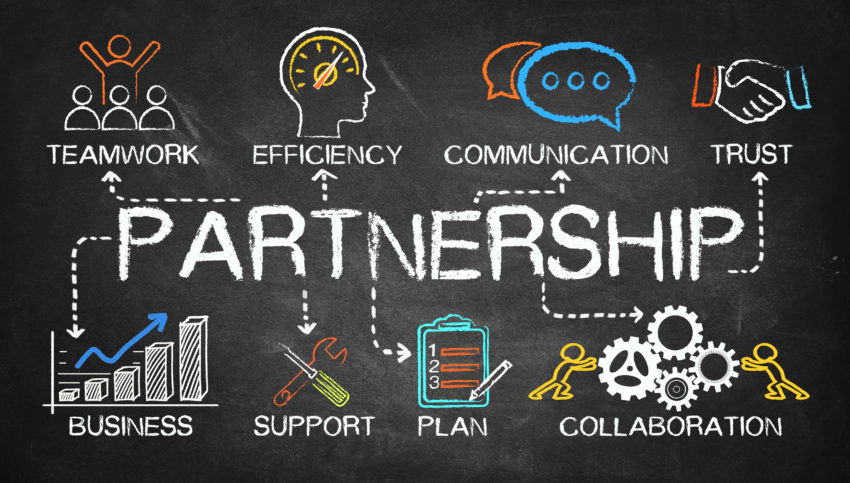The relationship between mutual fund companies and technology vendors has changed dramatically in the last decade. Fund shops over this time have collectively decided that the amount of due diligence and associated costs of working with dozens of vendors was too burdensome, and frankly not worth the risk involved.
Fund companies began evaluating their existing roster of vendors to determine which ones had the broader breadth of capabilities, and deepening relationships with those firms that would best help them navigate the regulatory landscape while driving innovation. This process has been accelerated in recent years by mounting regulatory reporting obligations and increased investor demand for transparency.
The DOL Fiduciary Rule is the most recent example of these two factors converging. Despite the uncertainty regarding the regulation’s final form, many fund companies looking to get ahead of potential compliance issues are revamping their data management systems, focusing on data access and improved reporting capabilities.
Working effectively with vendors today isn’t an optional exercise, it’s a necessity. One industry executive profiled recently in Fund Operations hits the nail on the head: “Today, it’s too tough to be great at everything. You need partners.”
Your outsourced technology provider should play a key role in helping your firm thrive. By handling the multitude of complex, yet commoditized tasks related to activities such as trading, counterparty management, and reporting, having a trusted technology partner allows COOs and internal operations teams to handle more strategic projects focused on moving the needle for their firm.
With this in mind, we’ve developed the following checklist describing practical steps to build a successful relationship with your vendor.
1. Develop a strategic operations roadmap highlighting short and long-term milestones
This is the first step in determining what you require from your vendor now, as well as in the future. This roadmap should align with your firm’s vision and mission, and include short and long-term technology goals for the operations team. When defining these milestones, the more specific the better.
For example, if your firm would like to eliminate or drastically reduce the number of man hours spent on processing trade reconciliations, the milestones along the way might include implementing a Robotic Process Automation (RPA) solution, which could incrementally reduce hours until almost no human intervention is necessary.
2. Define success and measure performance
Once the construction of the strategic roadmap is completed, you now have a list of evaluation points for determining the success of the vendor relationship. Is the vendor helping you reach those milestones on time or ahead of schedule?
Performance should be properly recorded and accessible by relevant team members from both your firm and the vendor.
Be prepared for success to be redefined along the way, as milestones on the roadmap may change as business needs dictate.
3. Establish a line of regular communication
The roadmap may be modified. Success may need to be redefined. Things change. Establishing a regular line of communication between your team and the vendor will ensure that both parties are on the same page as milestones move and timelines are adjusted.
The line of communication should include a point of contact from both the firm and the vendor to regularly come together to discuss project progress, strategically troubleshoot issues, and collaboratively make adjustments to the roadmap as business needs evolve with industry and regulatory demands.
4. Create a system for users to submit input and feedback
Once the firm and the vendor establish a strong line of communication between points of contact, it’s time to create a system for submitting user feedback. User feedback is invaluable when making adjustments to functionalities and workflows. However, if that feedback fails to reach the vendor in a timely manner, it does little good for either party. The system could take a variety of forms (shared document, submission form, etc.), but should ultimately make it easy for the feedback to move from the user to the point of contact to the vendor.
This will ensure accountability and timely responses to issues that come up during implementation and servicing of a vendor system. Every aspect of the partnership, even at the user level, should be working towards staying the course set out by the strategic roadmap.
Mutual fund shops and vendors are working closer together than ever before to achieve business goals and remain competitive in a crowded industry. As the checklist illustrates, effectively working with a vendor is a two-way street. The vendor must fully understand your firm’s processes and pain points and be allowed to present their best solution to meet your needs.
By taking a thoughtful approach centered on accountability, collaboration, and consultation, you can transform your vendor relationship into a strategic partnership.
Are you getting the most out of your vendor partnership? Contact us to learn more about how we approach partnerships with our clients.

